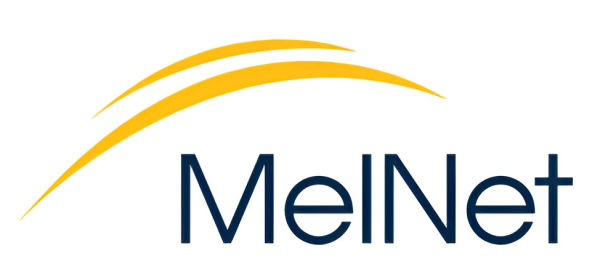Benefit of adjuvant pembrolizumab on recurrence-free survival and distant metastasis-free survival in patients with resected high-risk stage II melanoma, irrespective of primary tumor location
Background:
Previous results from the KEYNOTE-716 trial demonstrated significantly improved recurrence-free survival (RFS) and distant metastasis-free survival (DMFS) with adjuvant pembrolizumab versus placebo in patients with resected stage IIB or IIC melanoma. We present a post hoc analysis of efficacy according to primary tumor location.
Methods:
KEYNOTE-716 (NCT03553836) is a randomized, multicenter, double-blind, phase III study. Patients aged ≥ 12 years with newly diagnosed, resected stage IIB or IIC melanoma (sentinel node-negative) were randomly assigned (1:1) to pembrolizumab 200 mg every 3 weeks (2 mg/kg up to 200 mg for pediatric patients) or placebo. This post hoc analysis evaluated RFS and DMFS by primary tumor location of the head/neck, trunk, or extremities.
Results:
Overall, 976 patients were assigned to pembrolizumab (n = 487) or placebo (n = 489). Median follow-up was 39.4 months (range 26.0–51.4). The hazard ratios {HRs (95% confidence interval [CI])} for RFS were 0.60 (0.38–0.93) for the head/neck subgroup, 0.57 (0.38–0.84) for the trunk subgroup, and 0.69 (0.47–1.02) for the extremities subgroup. The HRs (95% CI) for DMFS were 0.65 (0.37–1.14) for the head/neck subgroup, 0.59 (0.38–0.92) for the trunk subgroup, and 0.53 (0.31–0.90) for the extremities subgroup.
Conclusion:
RFS and DMFS consistently favored adjuvant pembrolizumab over placebo in most subgroups analyzed in this post hoc analysis from the KEYNOTE-716 trial. These results support the benefit of adjuvant pembrolizumab on RFS and DMFS in patients with resected high-risk stage II melanoma, irrespective of primary tumor location.
Source:
Yoon, C.H., Ross, M.I., Gastman, B.R. et al. Adjuvant Pembrolizumab in Stage II Melanoma: Outcomes by Primary Tumor Location in the Randomized, Double-Blind, Phase III KEYNOTE-716 Trial. Ann Surg Oncol 32, 2756–2764 (2025). https://doi.org/10.1245/s10434-024-16642-6
https://link.springer.com/article/10.1245/s10434-024-16642-6
